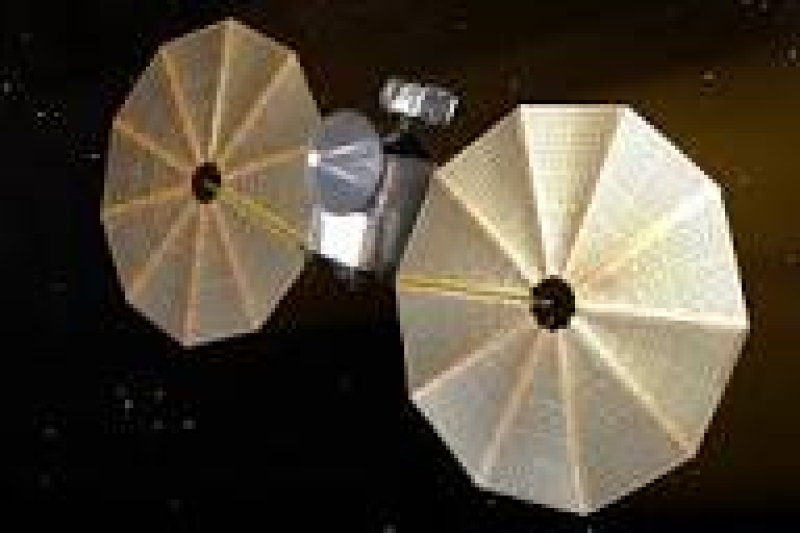- Trump considering military options on Greenland; Europe rejects |
- Fertiliser crunch threatens Kushtia’s onion boom despite high prices |
- Security Council Divided on United States' Venezuela Action |
- Over 1.53m voters register for postal balloting: Shafiqul Alam |
NASA's Lucy Spacecraft Captures Lumpy Asteroid

NASA’s Lucy spacecraft has captured striking new images of an unusually shaped asteroid — one that resembles a lumpy bowling pin — during a high-speed flyby that’s offering scientists exciting insights from deep space.
The asteroid, named Donaldjohanson, is located in the main asteroid belt between Mars and Jupiter. Lucy flew past it on Sunday, coming within 600 miles (960 kilometers) — its closest approach yet. The spacecraft snapped detailed photos that reveal a misshapen rock stretching about 5 miles (8 kilometers) long and 2 miles (3.5 kilometers) wide — significantly larger than expected.
The asteroid’s elongated form was so extensive, it didn’t fully fit into Lucy’s initial images. More data is expected in the coming days, allowing scientists to piece together a fuller view of its structure and surface features.
While Donaldjohanson itself isn’t a mission target, the flyby served as a crucial test for Lucy’s instruments as it prepares to explore the Trojan asteroids — ancient remnants from the early solar system that share Jupiter’s orbit around the sun.
Named after paleoanthropologist Donald Johanson, who co-discovered the famous “Lucy” fossil in 1974, the asteroid offers a fitting namesake for a spacecraft on a mission to uncover the solar system’s distant past.
Launched in 2021, Lucy is on a 12-year voyage to study eight Trojan asteroids through 2033. This successful flyby marks an early milestone, giving mission scientists valuable experience and data as the spacecraft heads toward its primary scientific targets.
With images and readings still arriving, researchers are eager to learn more about Donaldjohanson's composition and characteristics — and to prepare Lucy for the more ambitious encounters still ahead.

